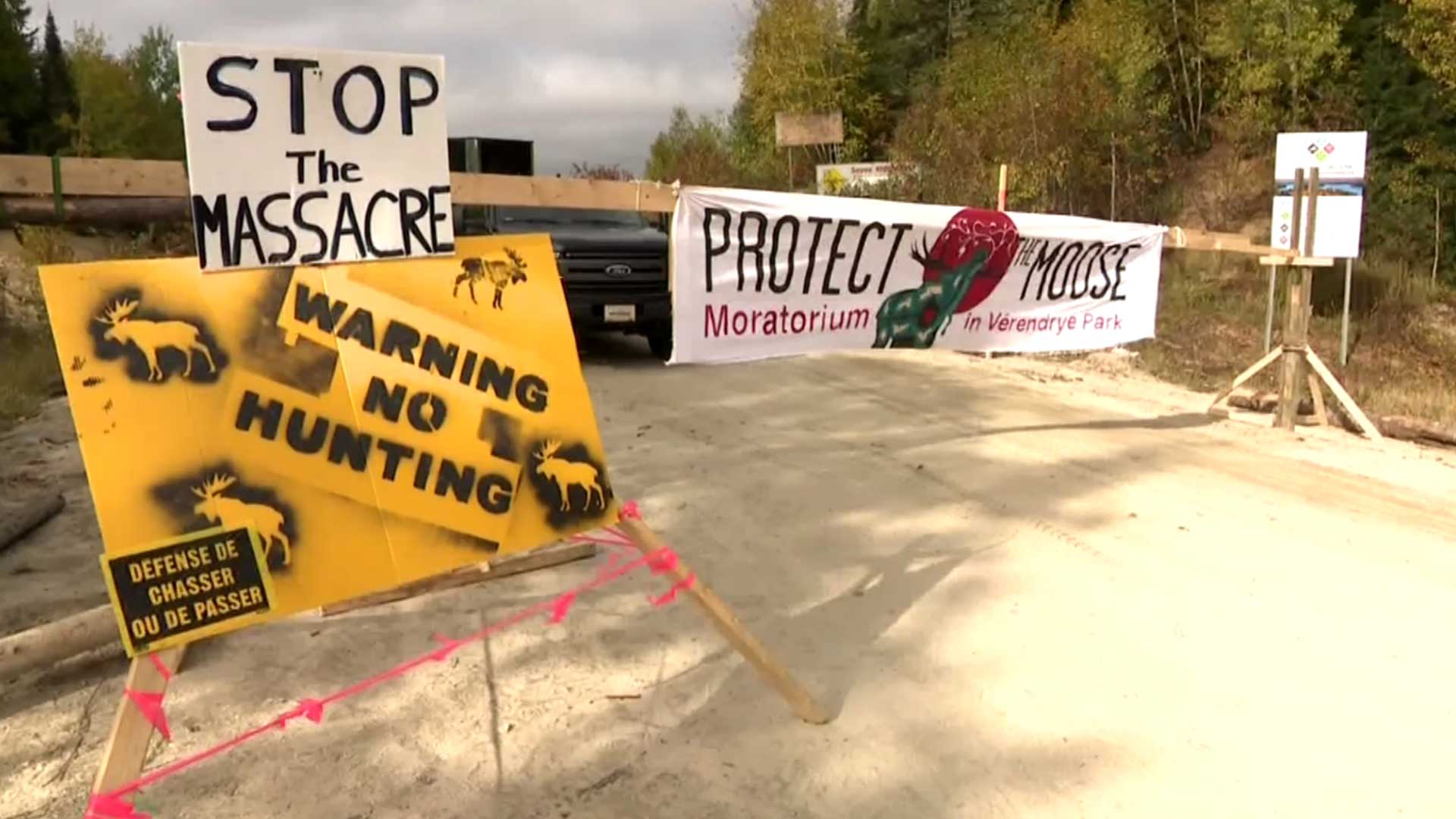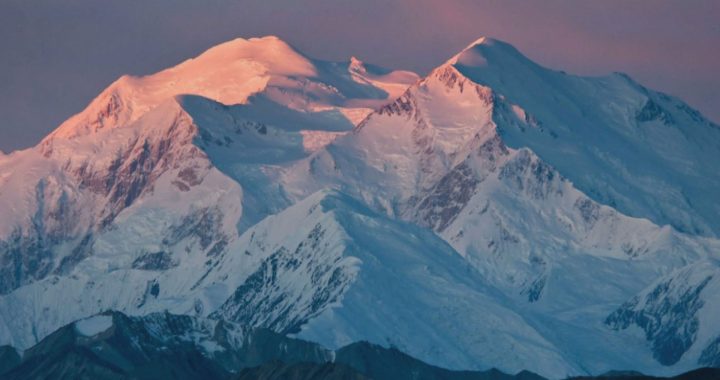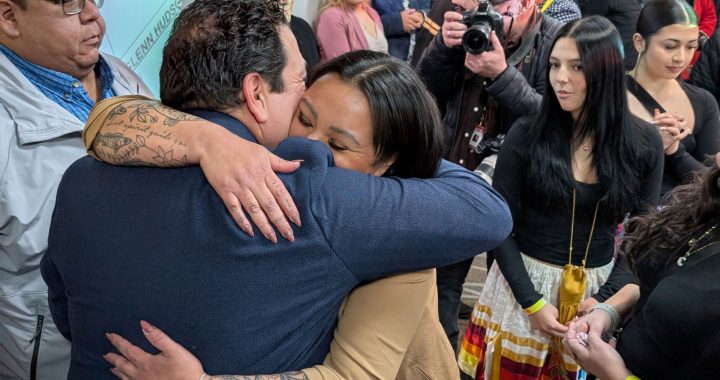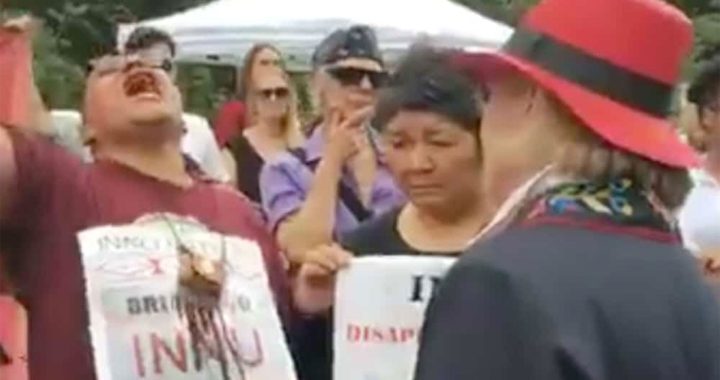An Anishnabe-led moose research project is underway in Quebec and parts of Ontario to see how many of the animals exist in nearby forests.
“It’s amazing how much knowledge our people have; and when you combine everything that they have to share, what they observe in their territories and what are their struggles,” said Shannon Chief, project coordinator from the Barriere Lake Algonquin community 270 km north of Ottawa.
“We’re all having the same struggle, the same concern, or for the moose and all that. We all want to do something to protect the moose population.”
Two years ago, Chief was on the front line of her traditional territory calling for a moose-hunting moratorium.
She and members of Barriere Lake stood in the way of sport moose hunters because of what she believes is a decline in the moose population.
Read More:
Algonquins in Quebec enforce ban on moose sport hunting
Clock ticking on moose hunting moratorium agreement in Quebec
In the spring of 2021, an agreement was reached with the Quebec government and a pause was placed on moose sport hunting in the La Verendrye Wildlife Reserve.
It’s a two-year period that is to be used to study the state of the moose population.
“We started in December last year and then we had our first meeting back in April with just four committee members that I pulled in together,” she said. “Then we just started working out a plan on how this research will go. Also trying to take care of the traditional knowledge (keepers).
“It was the elders who guided us to go and involve all our communities because it was only supposed to be focusing on Laverendryre in the park, but when it comes to the moose, more as a nation that needs to be involved.”

Chief travels for this project – this time driving five hours south to the Algonquin community of Pikwakanagan, west of Ottawa.
Although the research is to be focused on Laverendrye Park, Chief said it’s important for other Algonquin communities to begin their own research.
“I would like to see the moose reach a state of where it would provide what it always did before for the Algonquins and that was sustainability,” said Pikwakangan Elder Jerry Lavalley. “Even though in the modern-day world we do not actually need it, but culturally it’s necessary because as we’ve been taught.
“The moose in this part of the country is like the buffalo was out west. They provided every aspect of your living needs from clothing to food and medicine.”
Amber Hein is a youth harvester from Pikwakanagan.
“Our land and our animals they need our protection because in today’s western society there’s so much extraction,” she said. “
We used to live in a world where it wasn’t so much take, take, take, so it’s important for me and for other folks in the community to, kind of, assert our rights as Indigenous people because we’re struggling in those areas I think.”
According to Chief, a final report on the research will be completed by October. She said it will be used to push for an extension of the moratorium on sport hunting.










